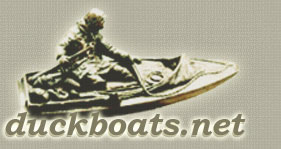Gregg Kurz
Active member
Here is a link to a slide show of the jointer I've decided to make my first restoration attempt on after seeing some of Eric's machines come back to life.
Jointer Restoration
I decided I didn't want to go with just plain old gray and the blue was the only color that intrigued me when I was at the store. I've only done the stand so far and will be starting the actual jointer later this week. I doubt it will turn out as nice as Eric's restorations have but it will certainly look and perform a lot better than it has in many many years.
Jointer Restoration
I decided I didn't want to go with just plain old gray and the blue was the only color that intrigued me when I was at the store. I've only done the stand so far and will be starting the actual jointer later this week. I doubt it will turn out as nice as Eric's restorations have but it will certainly look and perform a lot better than it has in many many years.
Last edited:

